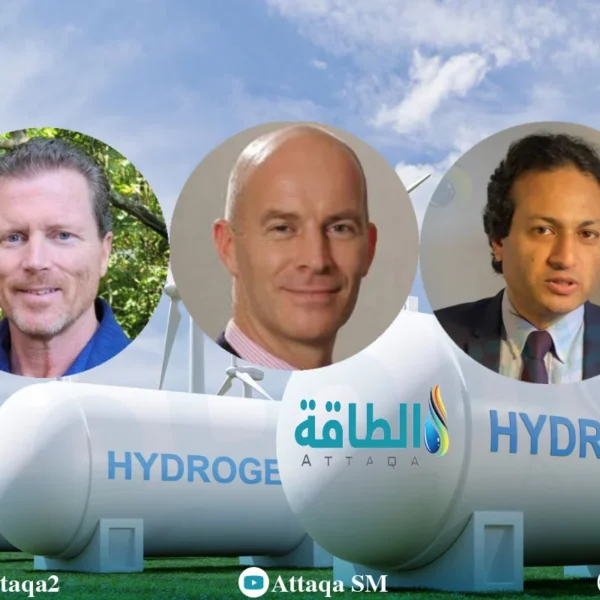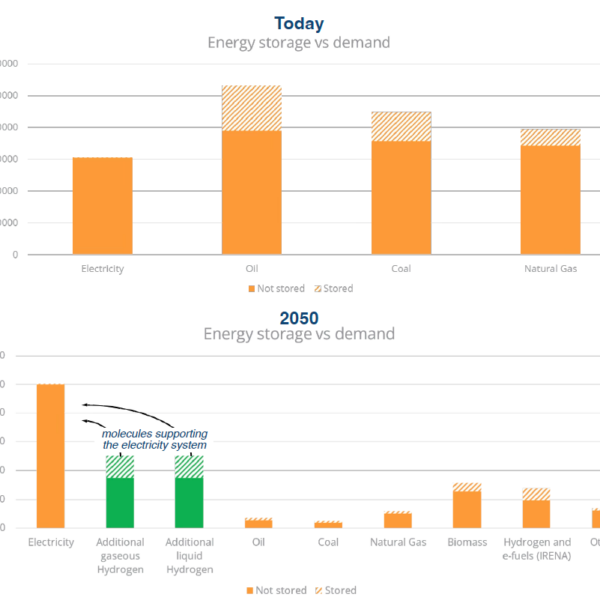Dii Desert Energy news
3 experts: Exporting liquefied hydrogen represents a qualitative leap for Oman and a promising opportunity for Middle Eastern countries
The export of liquefied hydrogen is one of the most prominent features of the strategic transformation in the Sultanate of Oman, especially after it signed a historic agreement in April 2025 to develop the first global trade corridor for liquefied hydrogen.
Dii Editorial Q1 2025: MENA Carbon Capture & Storage: A Growth Sector
Carbon Capture and Storage (CCS) is a critical technology in the global energy transition towards achieving net-zero emissions. It plays a pivotal role in mitigating climate change by capturing carbon dioxide (CO2) emissions from industrial processes and power generation, preventing them from entering the atmosphere.
Dii Editorial Q1 2025: Climate Madness
Albert Einstein said that three forces rule the universe: fear, greed and stupidity. Observing the growing disconnect between people and their leaders, we see those forces at work. Most people in the world are really concerned about climate change, and that concern is growing.
Dii Editorial Q1 2025: We remain optimistic!
As we continue our journey toward a climate-neutral, lowest-cost, and secure energy system in MENA, it is a pleasure to reflect on the tremendous progress being made by Dii’s industry network (now over 120 international companies). While we have faced numerous setbacks since our inception in 2009, I think our wonderful team, collective resilience and innovation power inspire continued optimism for the future.
Dii Editorial Q1 2025: Big changes in Europe
Driven by recent geopolitical developments, the German parliament on 19th March probably had the most important vote since German reunification, also in an unprecedented step before the newly elected parliament will be convened (as two extremist parties will have a one third blocking minority).
It’s molecules, stupid!
I have spent my entire professional career on renewable energy and related things we now call energy transition, but I always had the nagging feeling that I never really understood energy storage.
Dii Desert Energy unveils the first-of-a-kind MENA Status 2025 & Scenarios until 2030 report
This first-of-a-kind report for the region provides the current status across all relevant technologies and countries in MENA, as well as a forward-looking picture of how the energy transition in MENA could unfold by 2030, leveraging insights from the decade and a half long Renewable Projects Database, the MENA H2 tracker and the newly added Energy Storage Projects database.
Levelized Cost of Green E-Fuels
Hydrogen is a versatile energy carrier with a wide range of uses and unique attributes, especially for energy sectors that are hard to electrify with renewable resources but can be made greener through sector coupling. If Green Hydrogen is technically a key enabler of decarbonization, then the next step or barrier to break is economics.
Receive the latest newsletters to your inbox
Dii Desert Energy shares the latest news from the industry, partners and the Dii team every month. These include event insights, partner achievements, new studies and publications, energy industry updates and news on our annual Leadership Summit.







